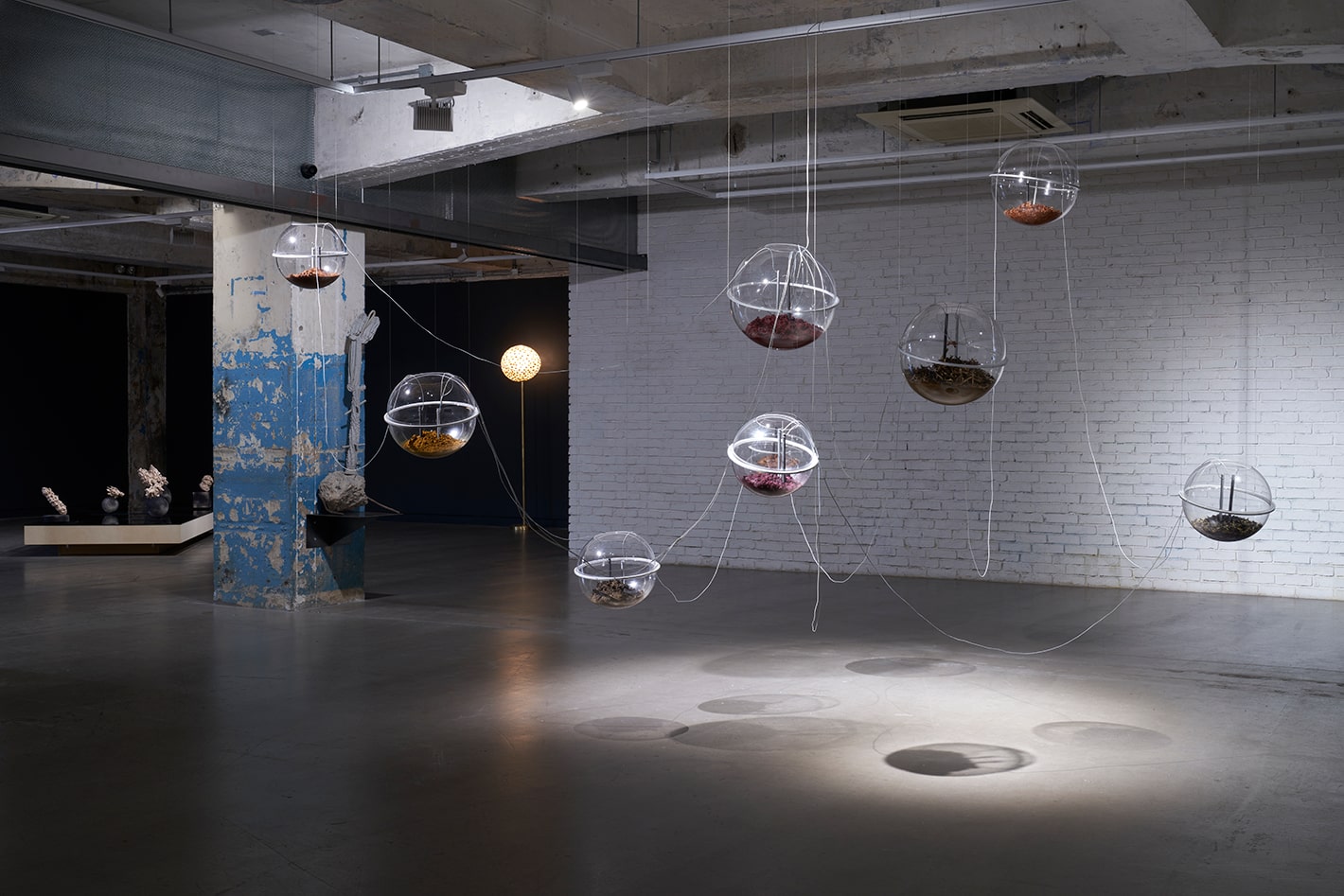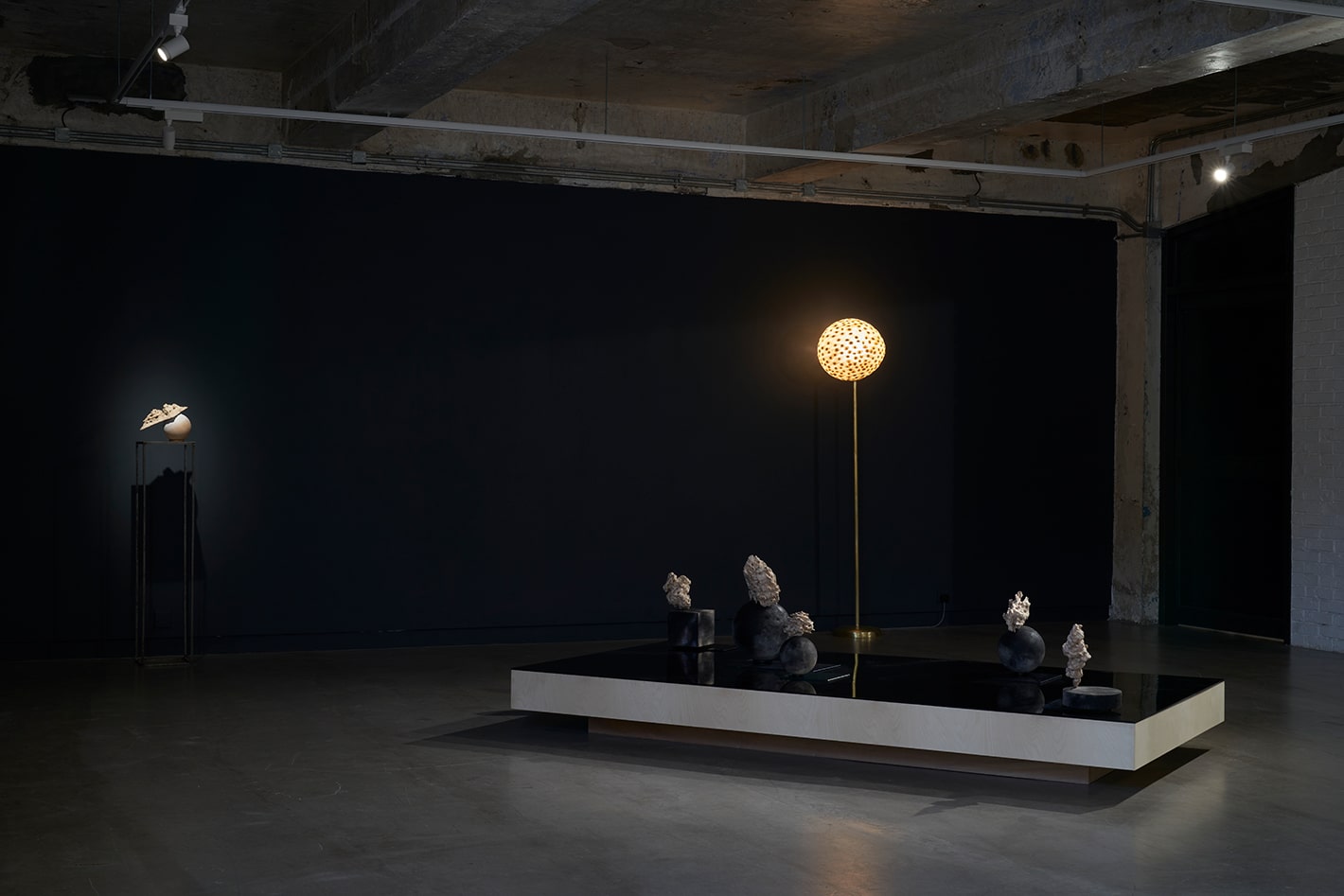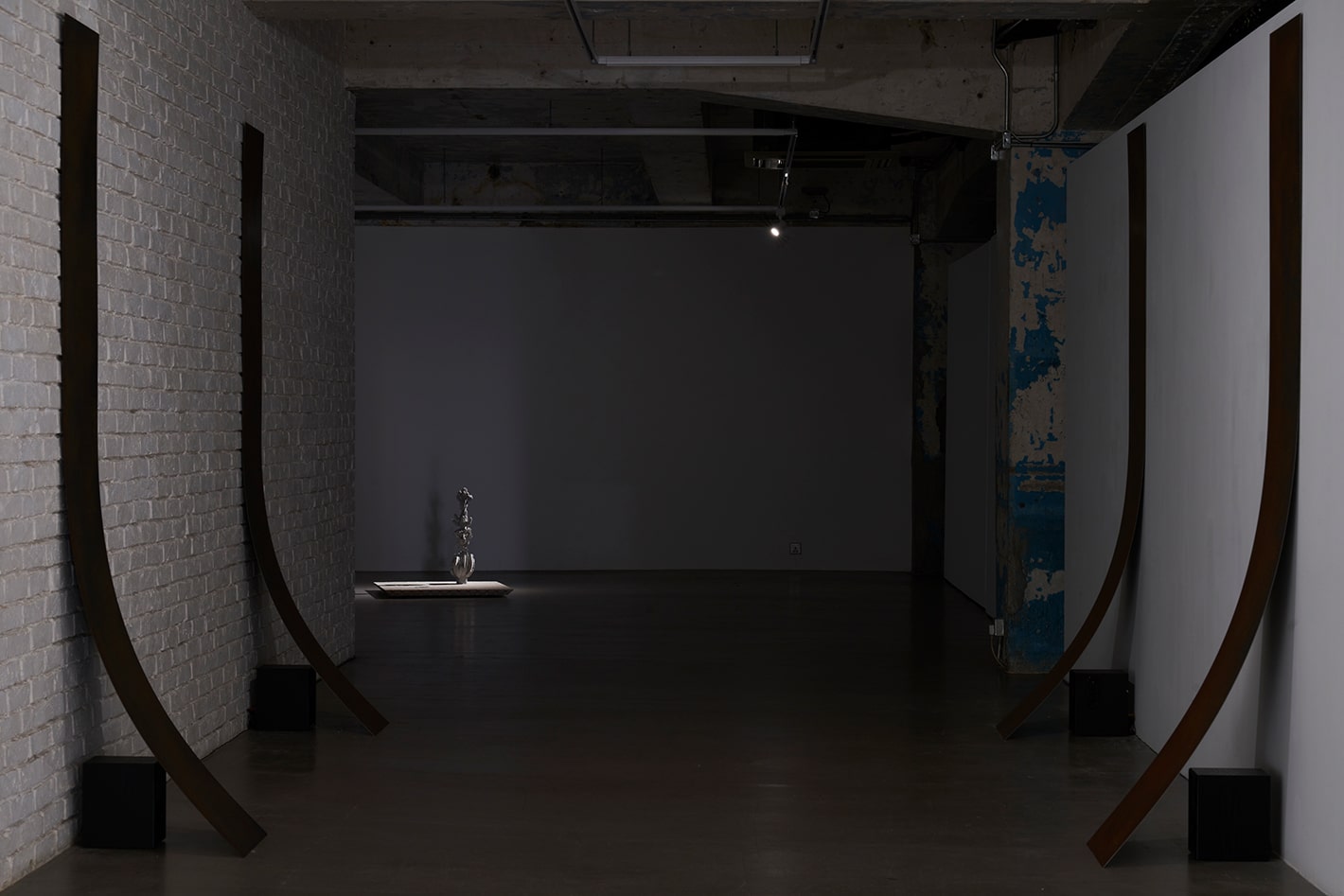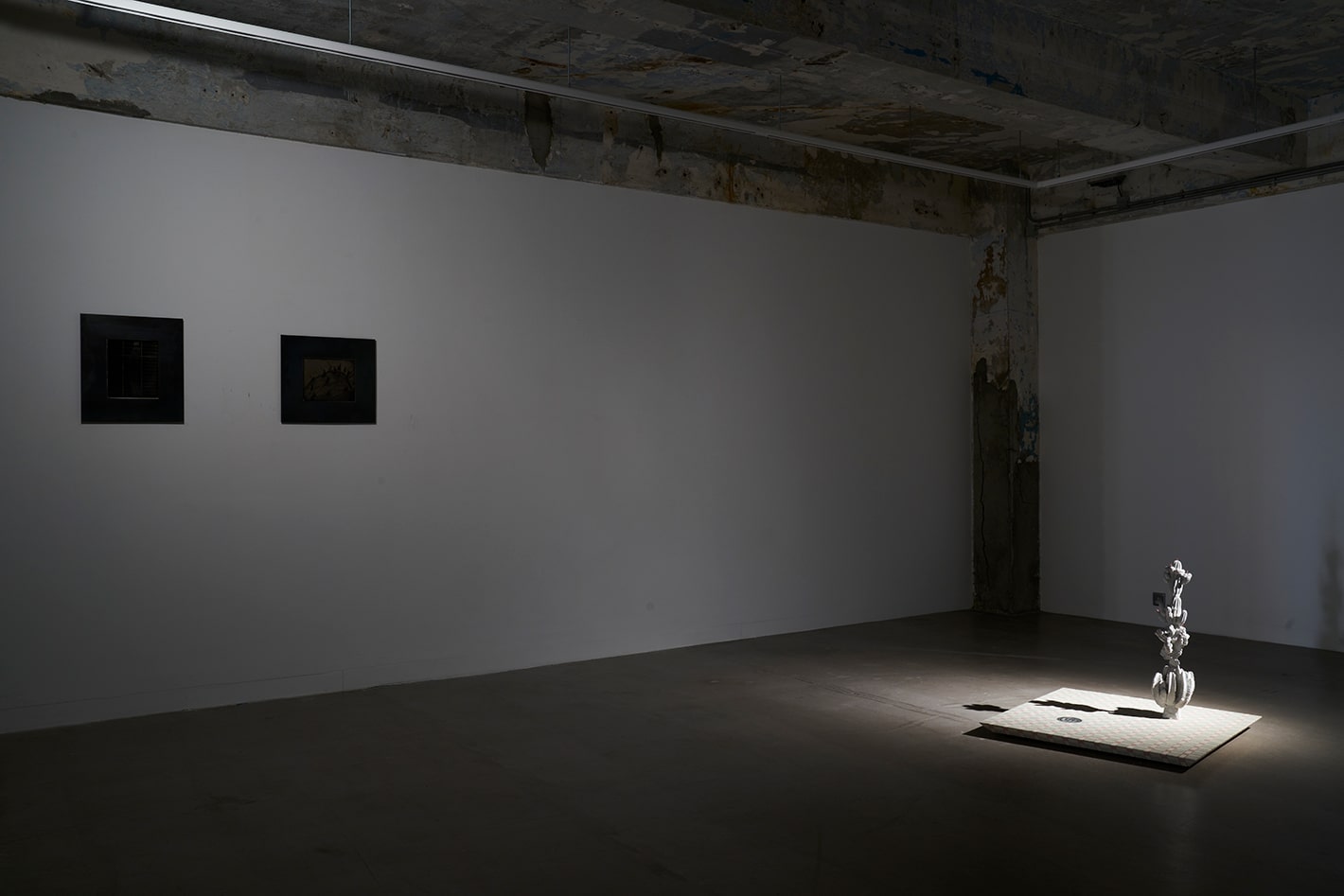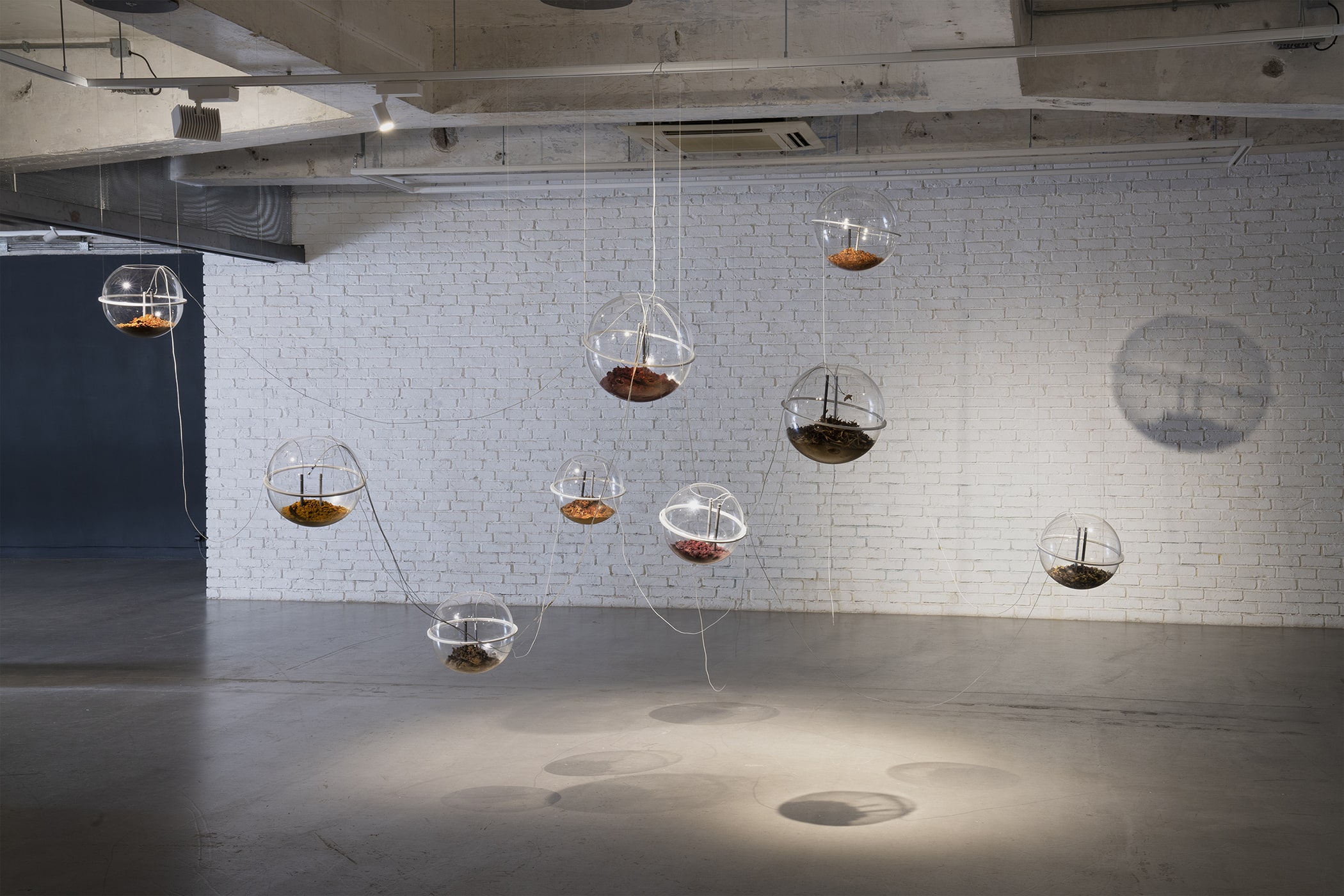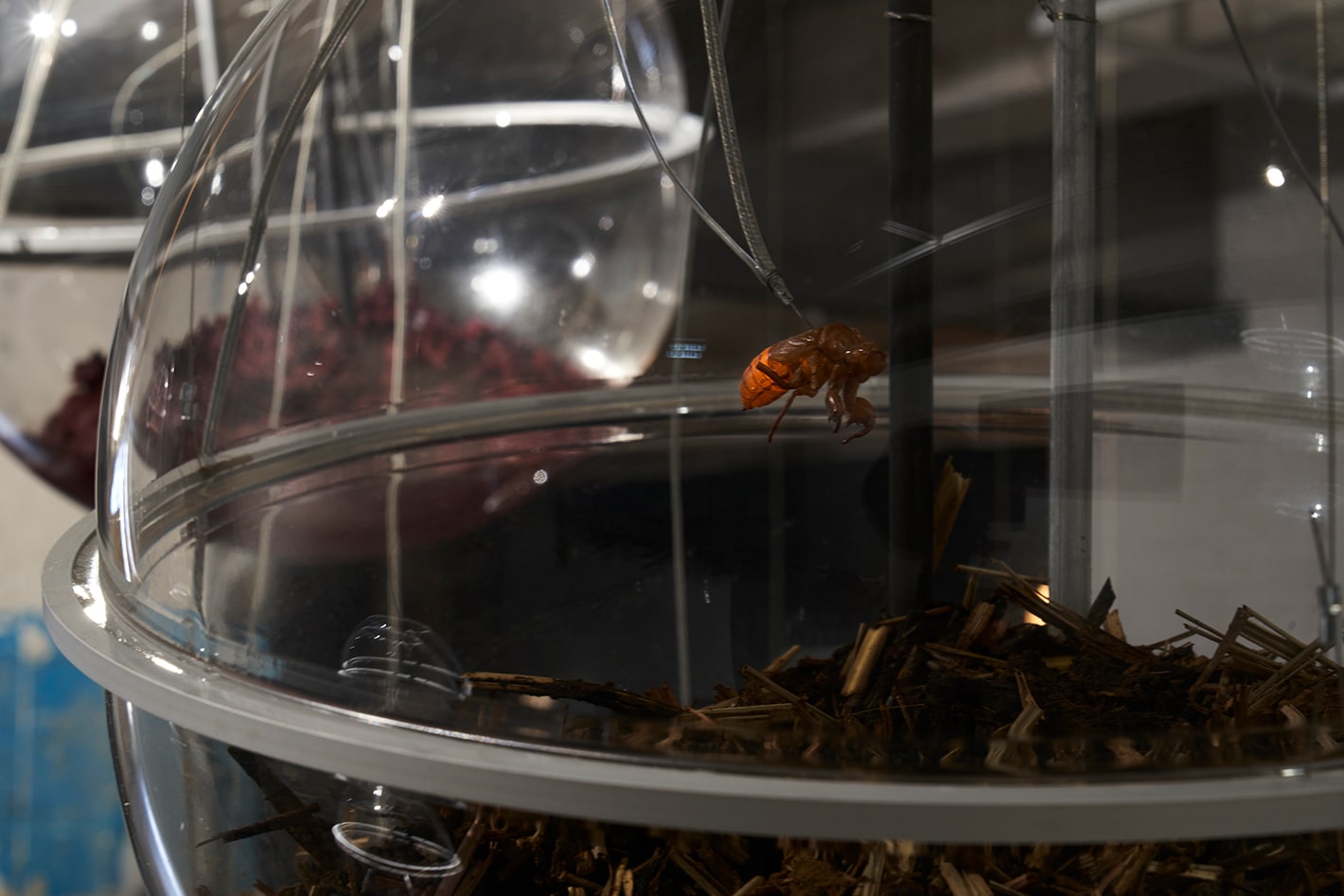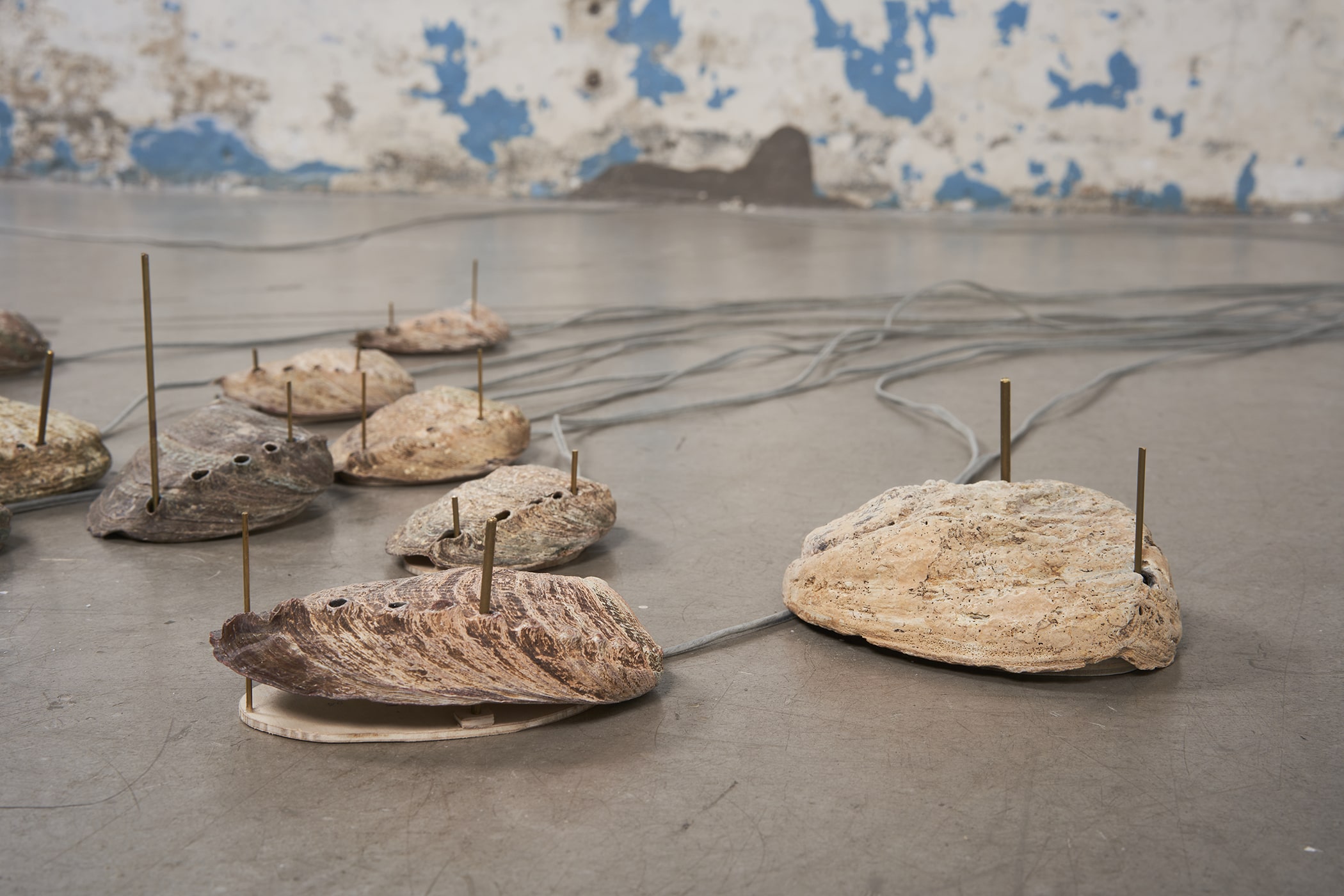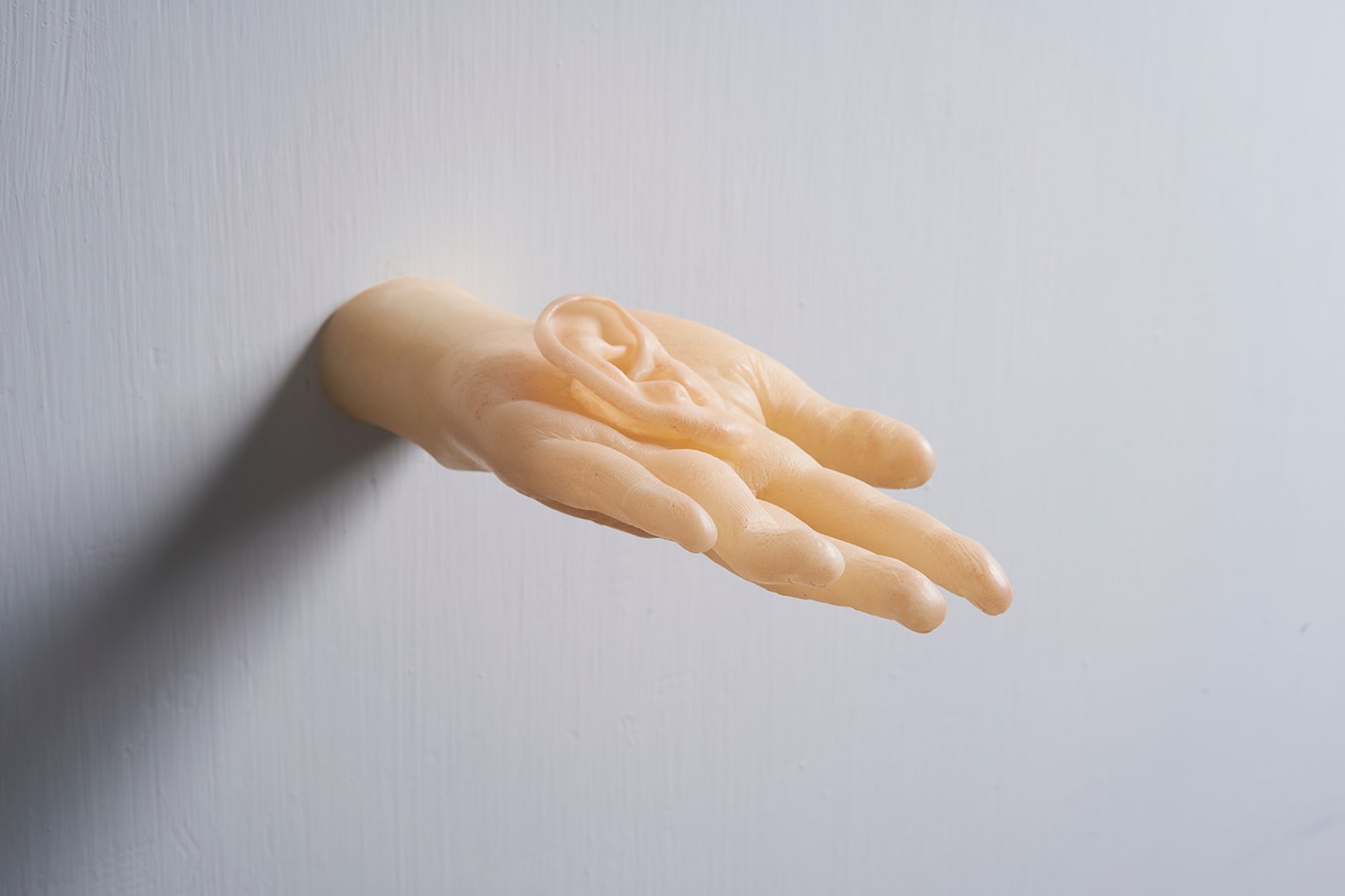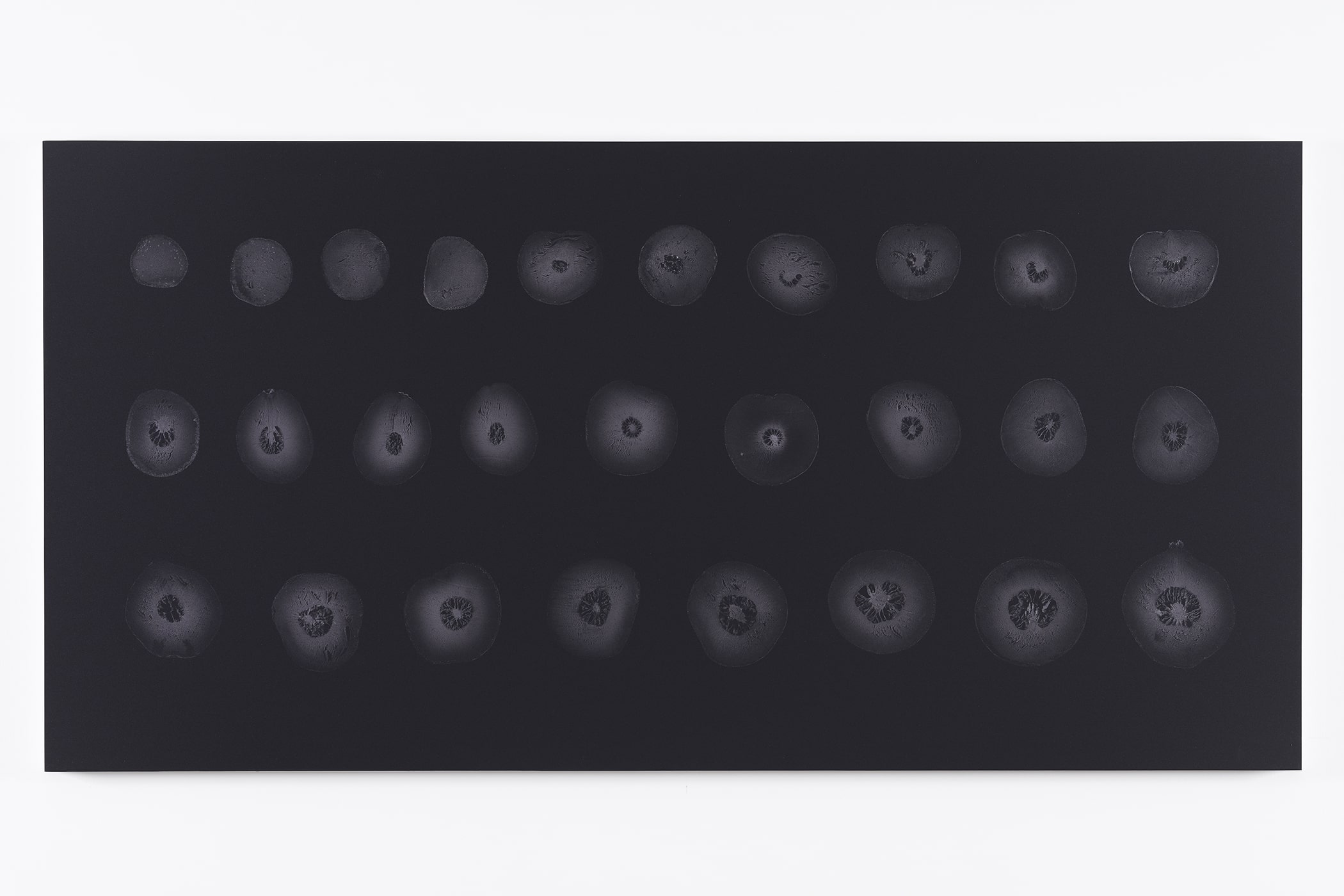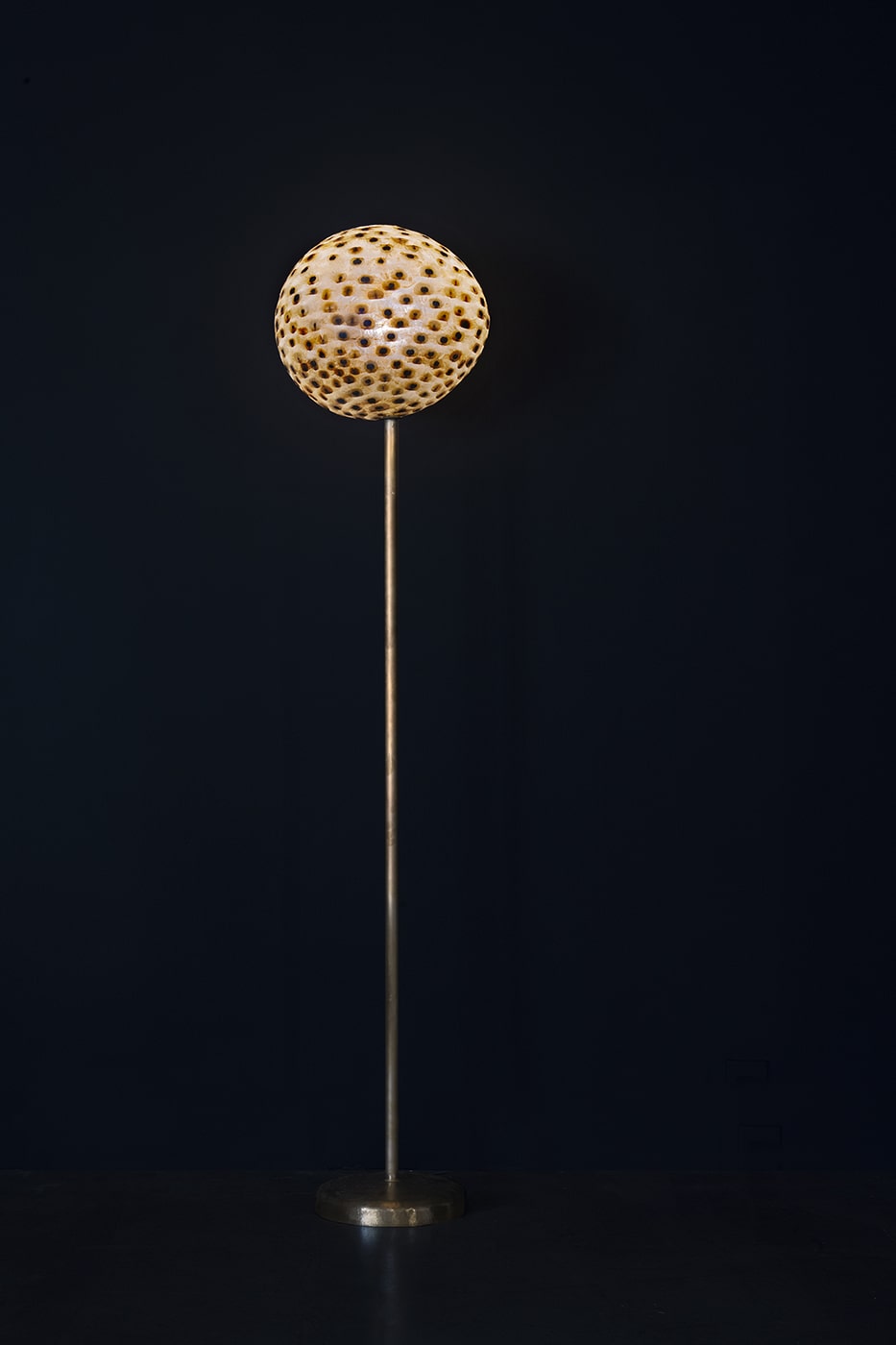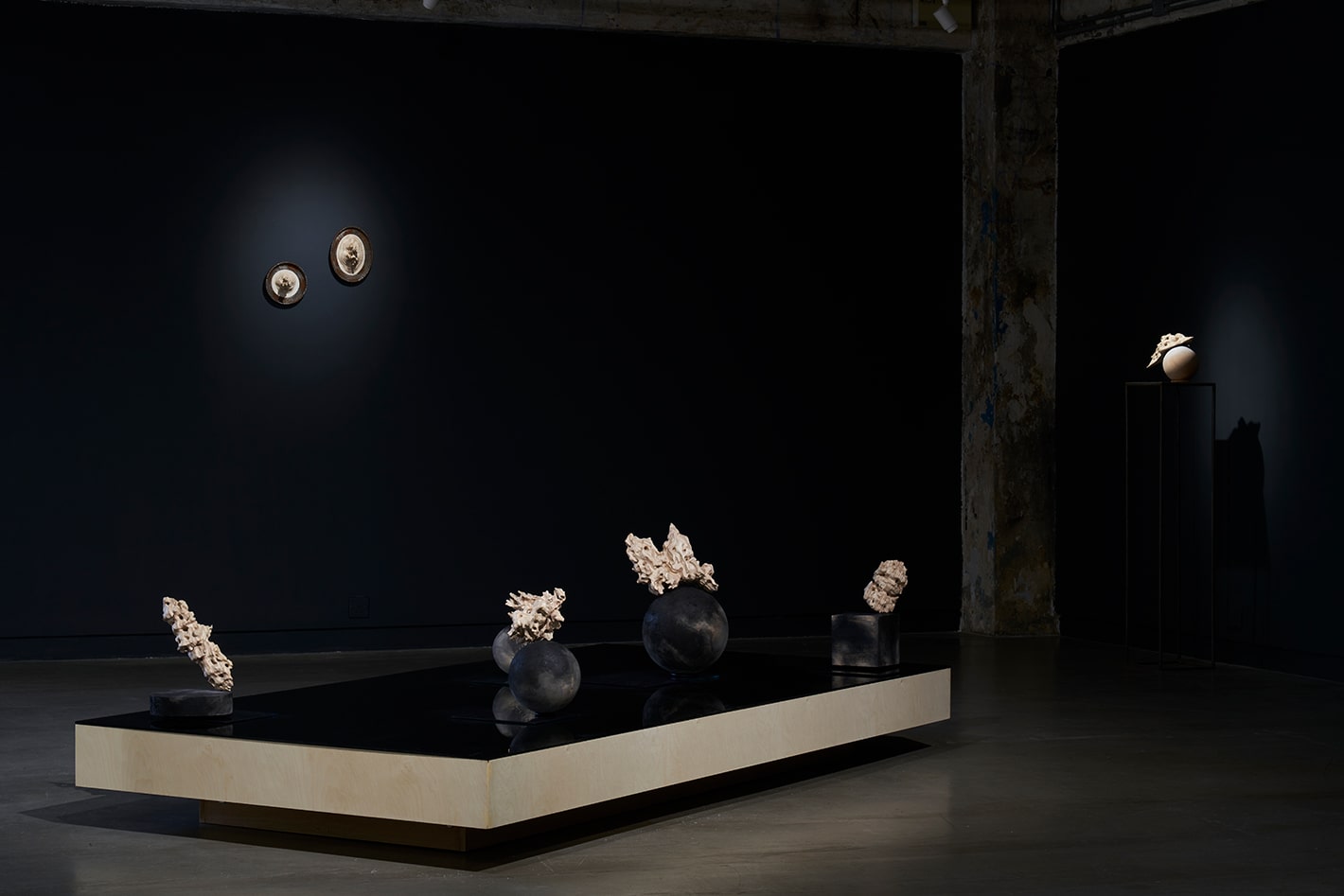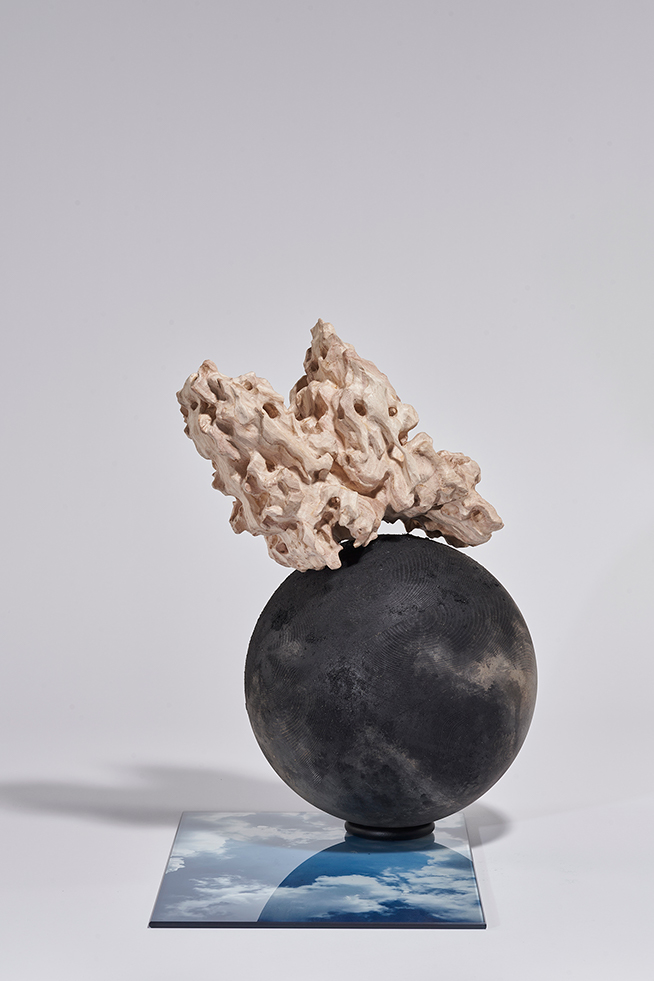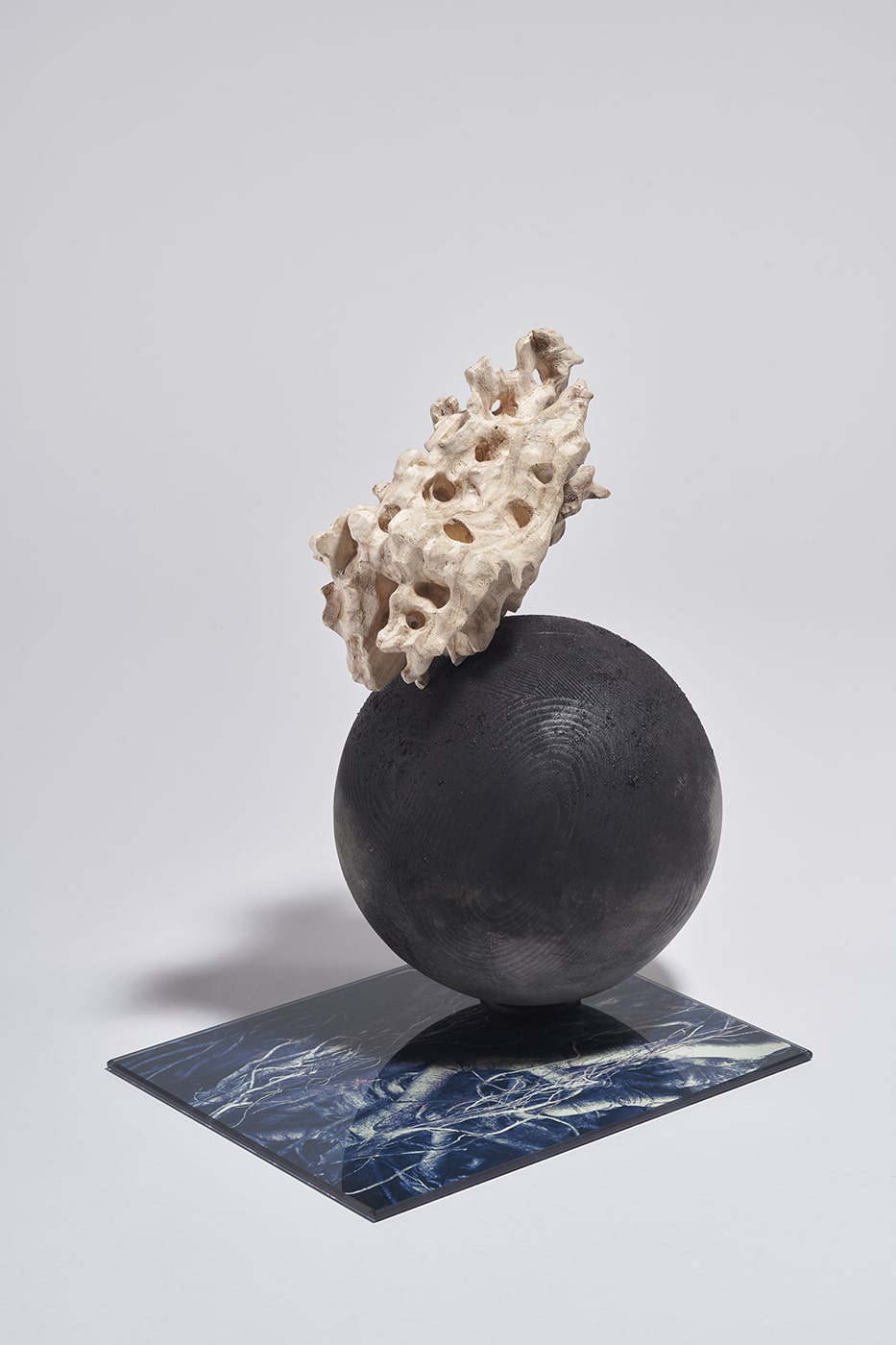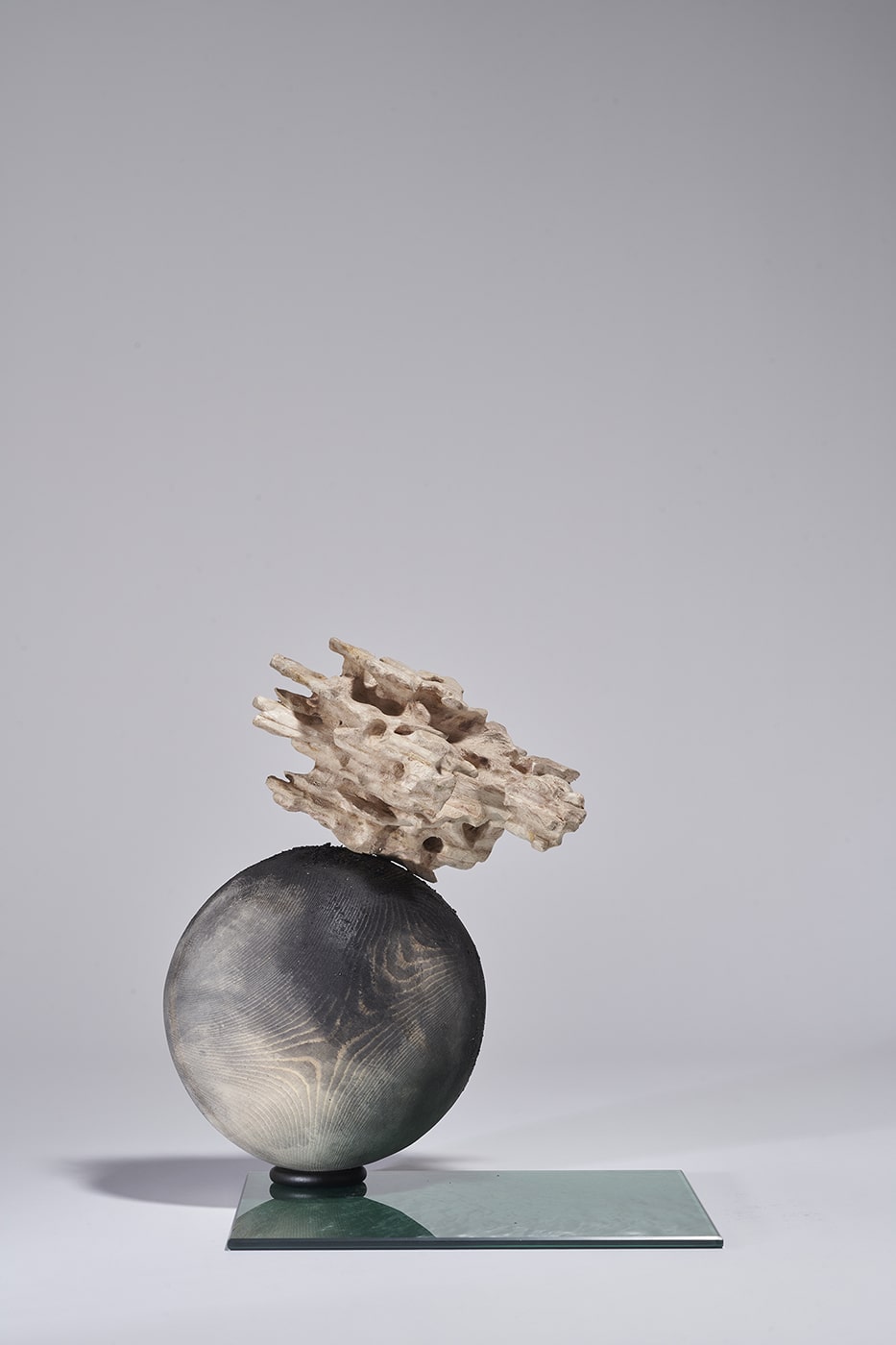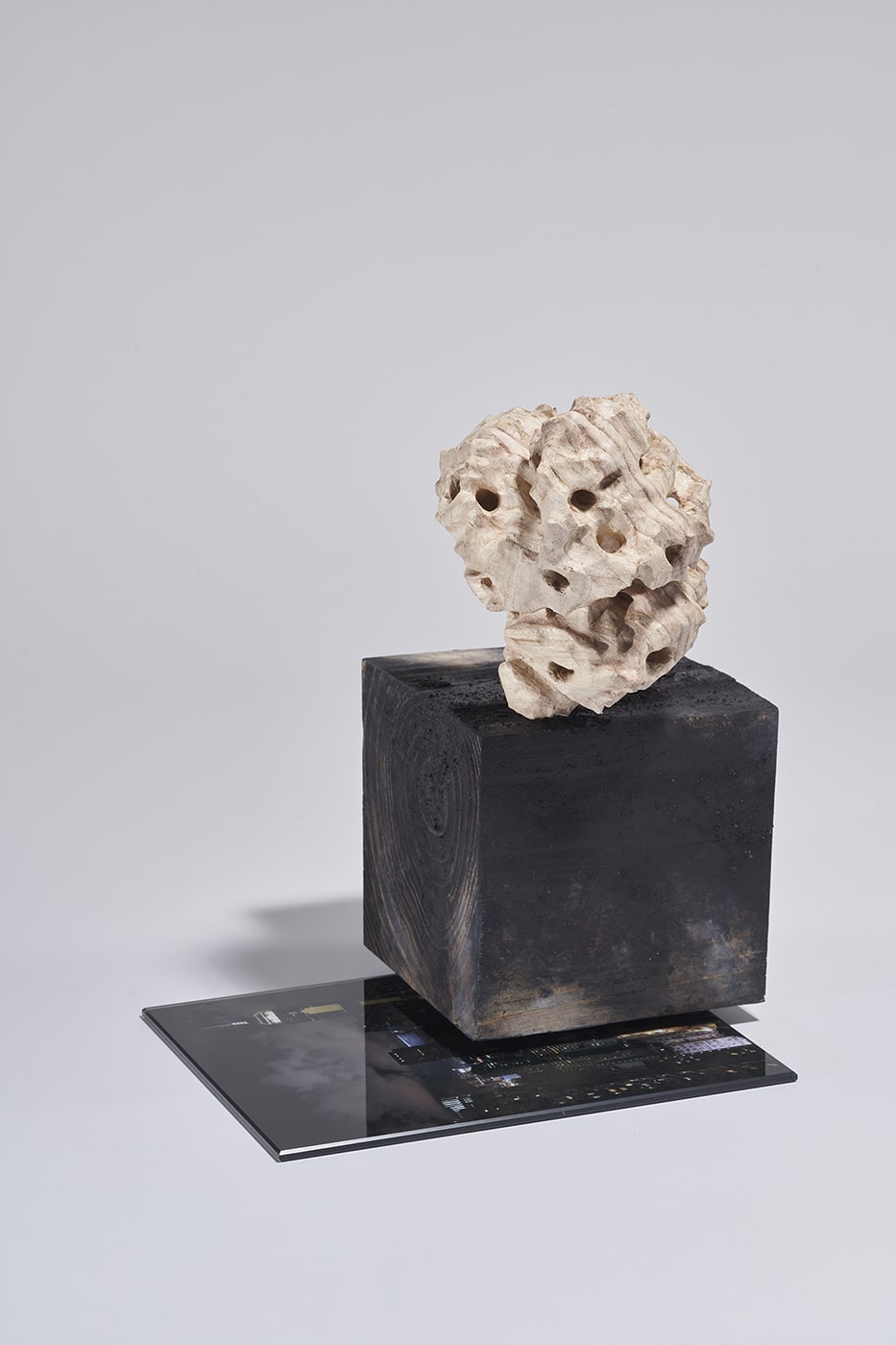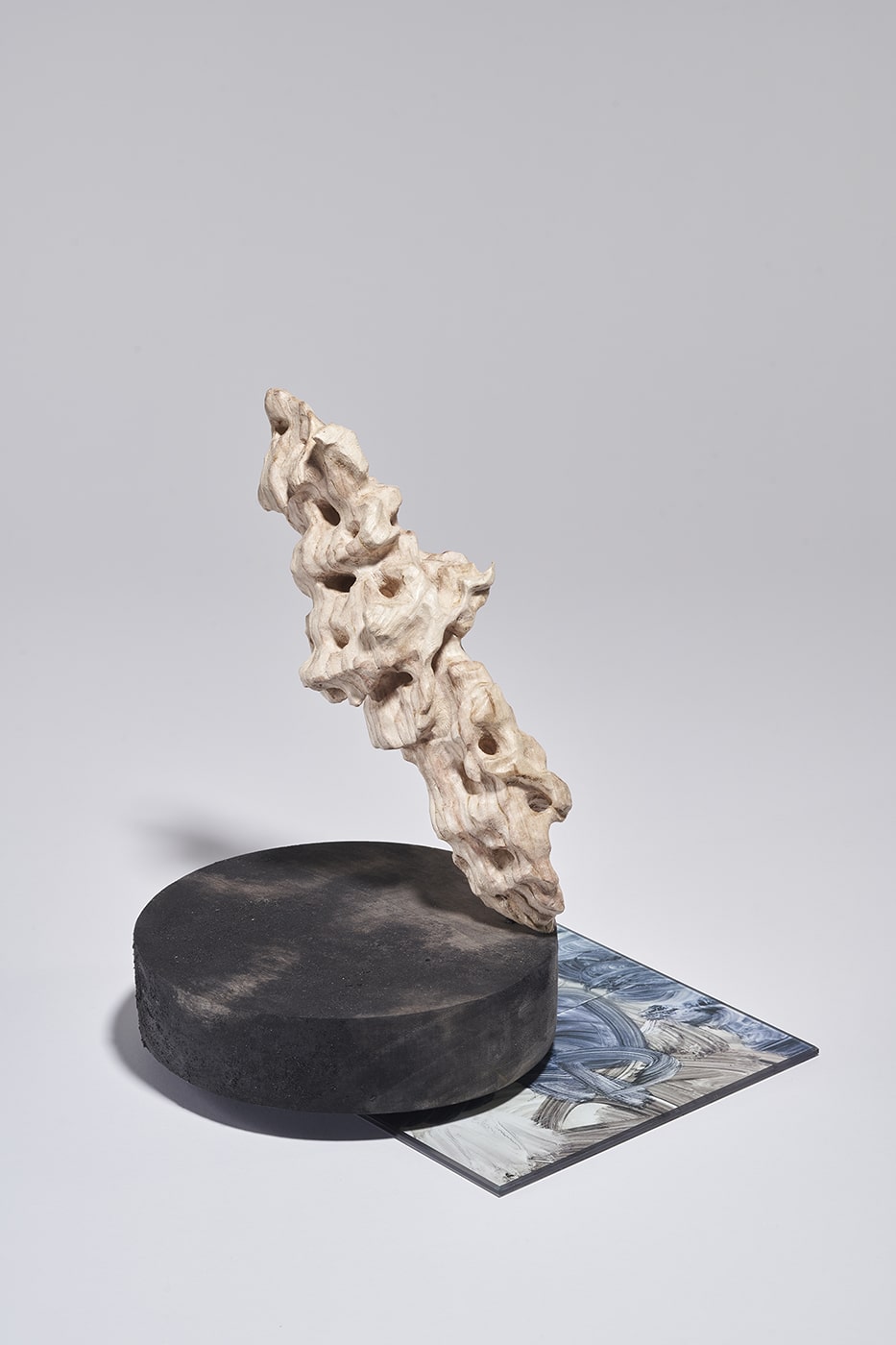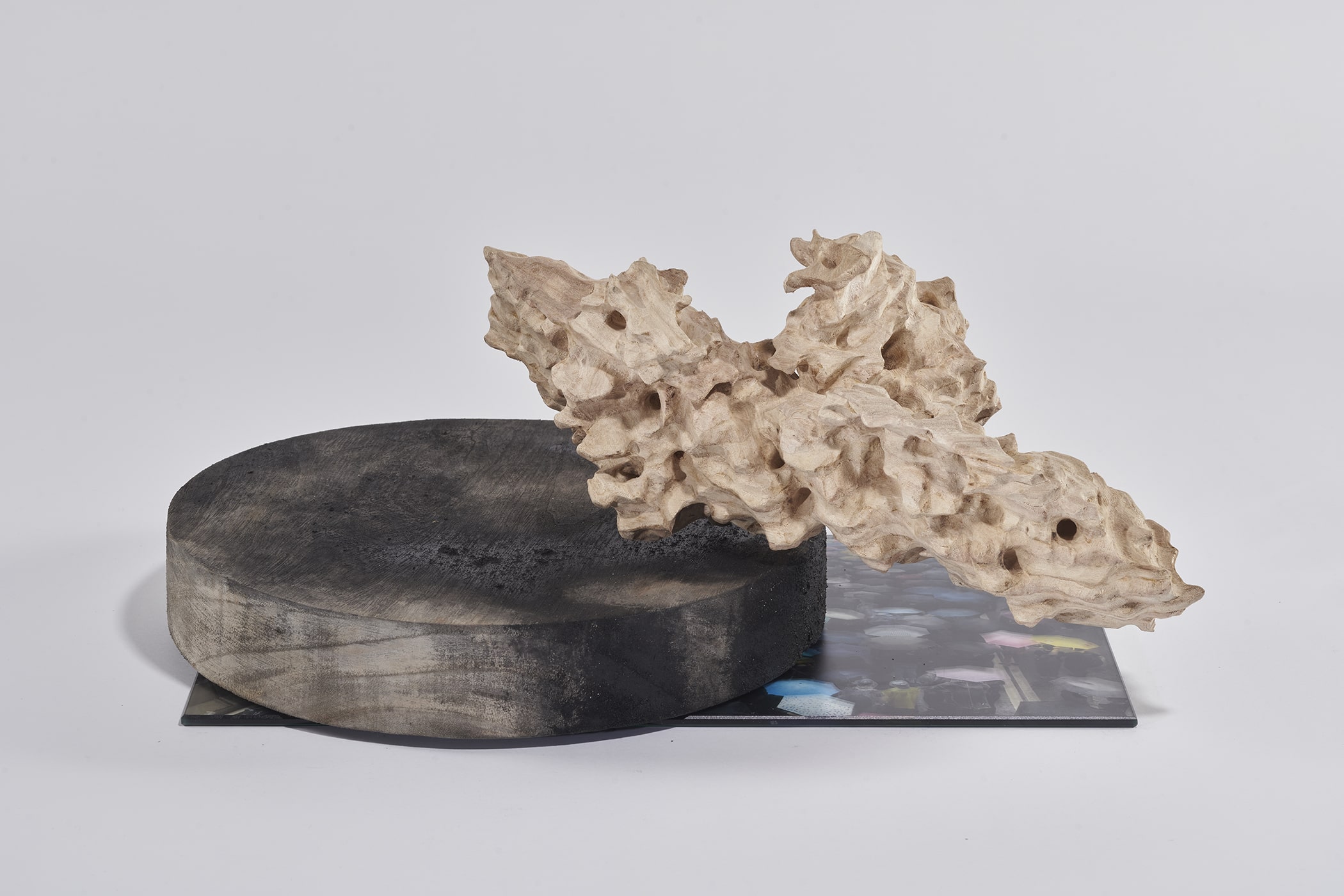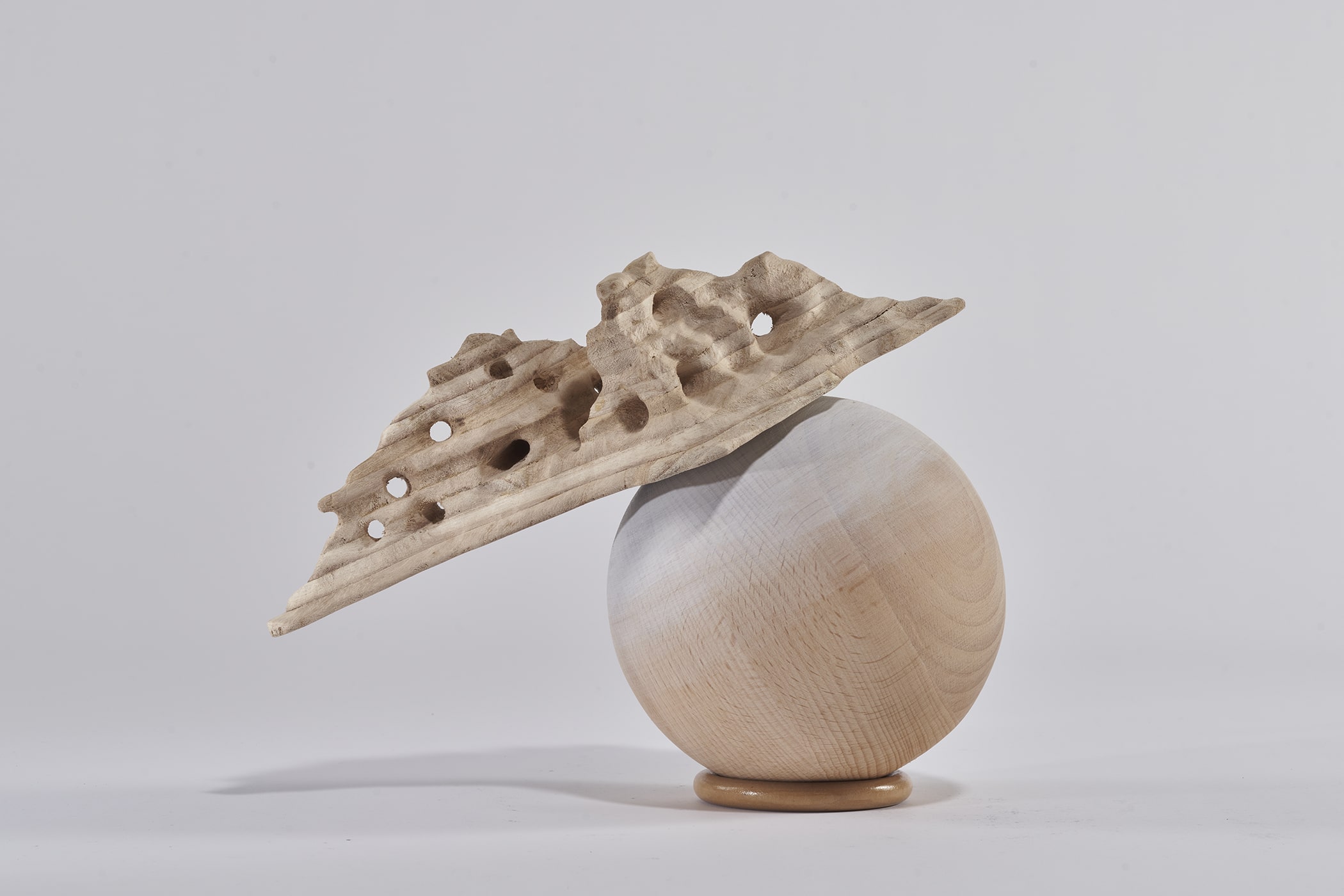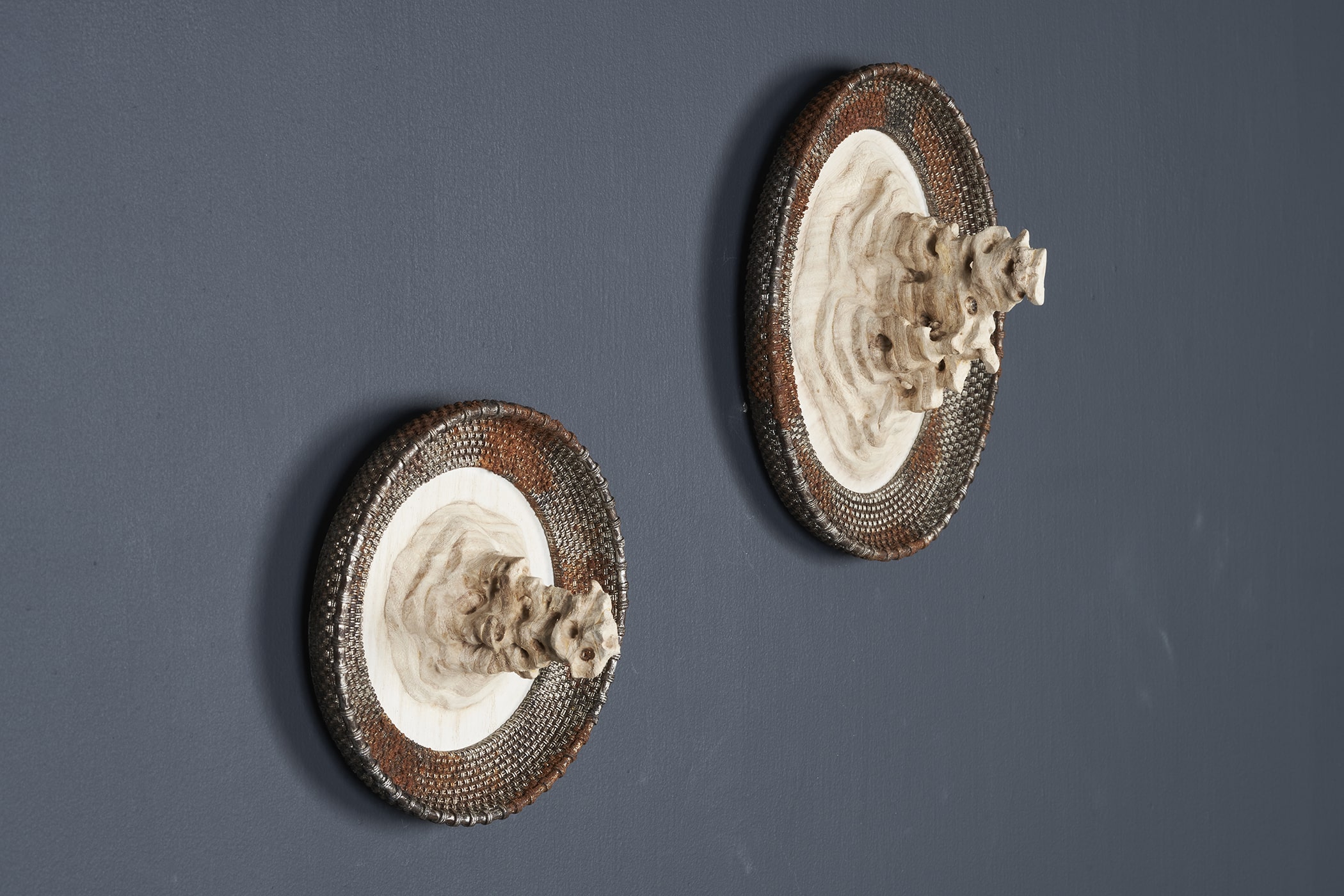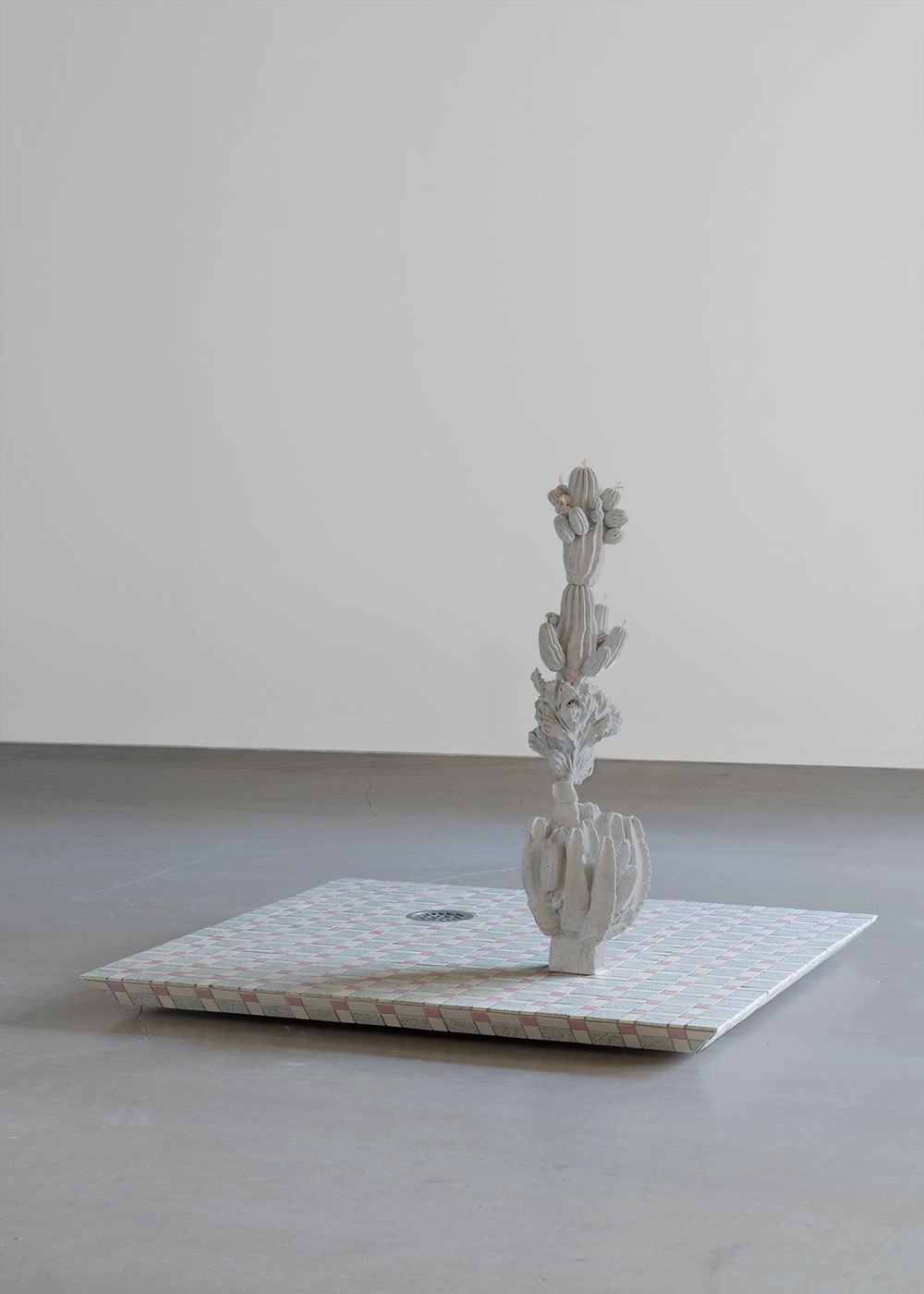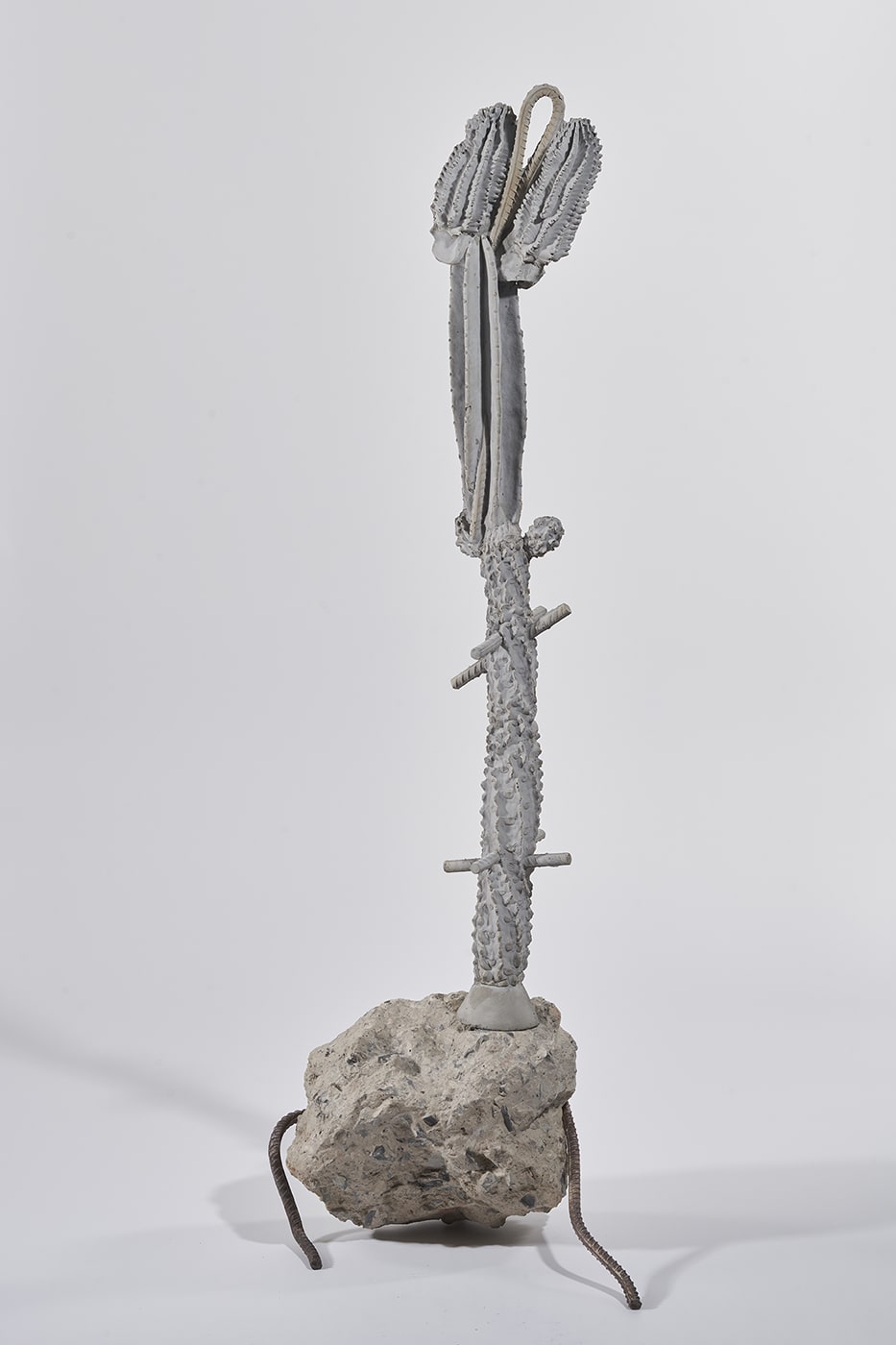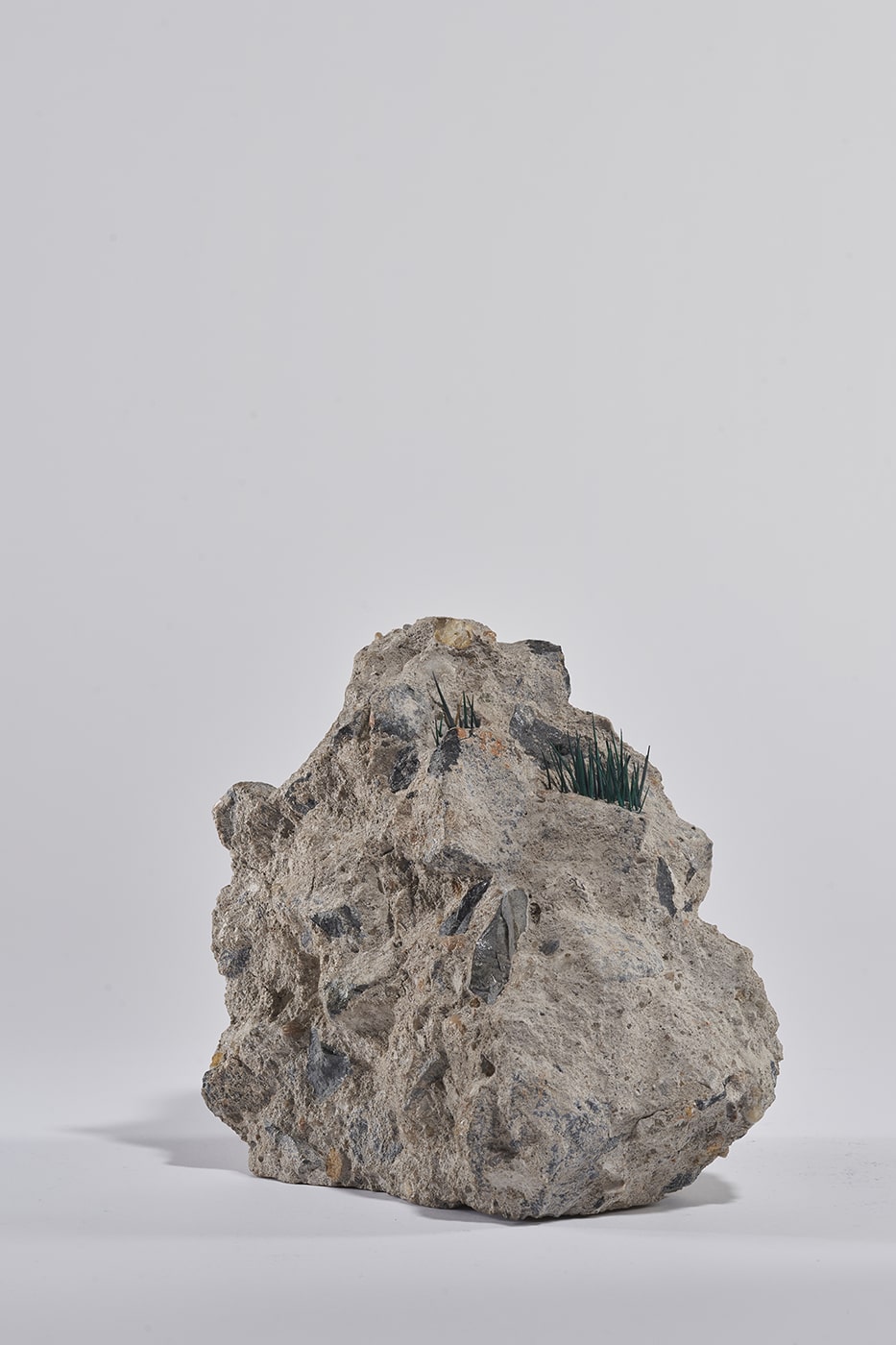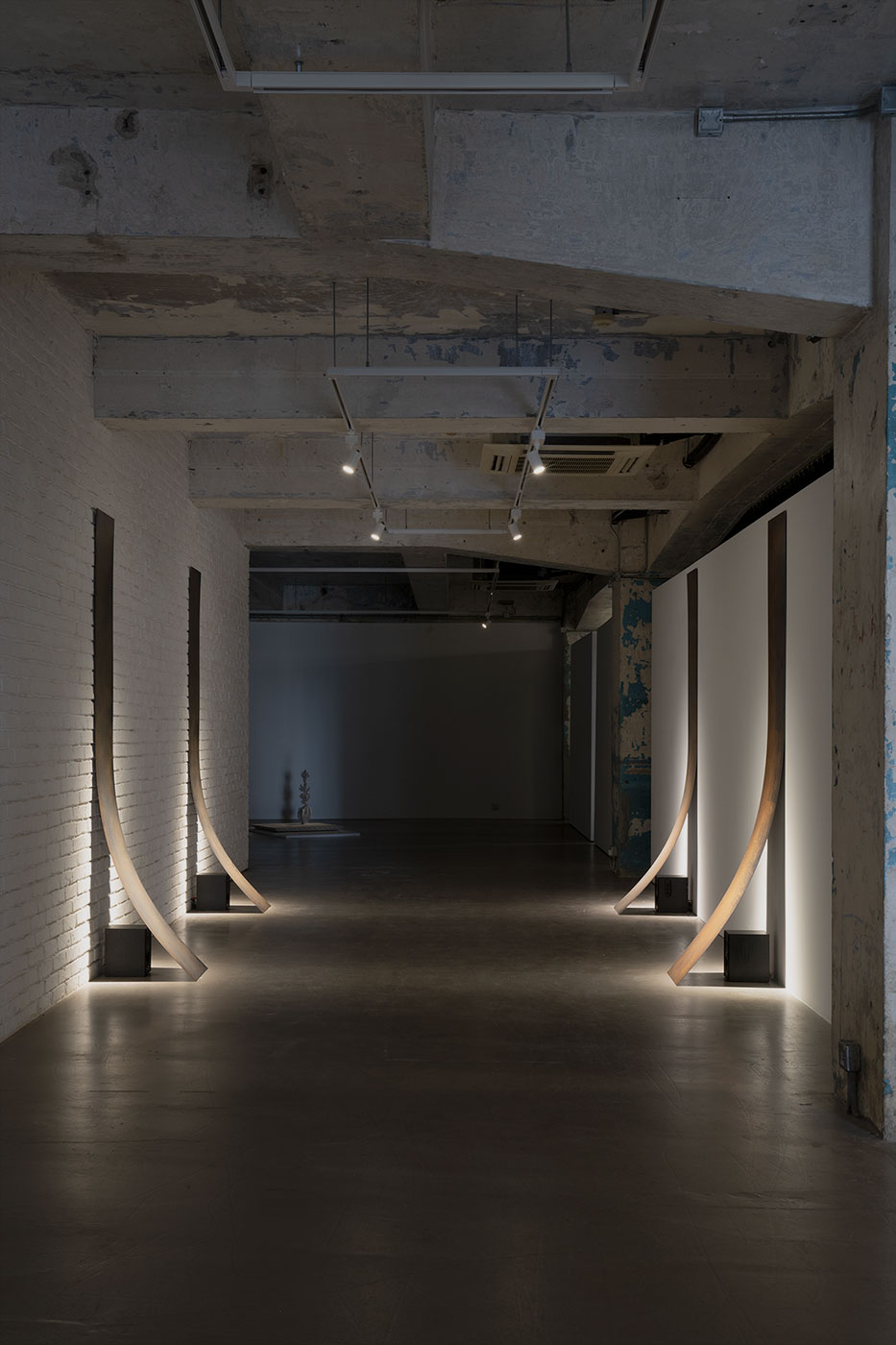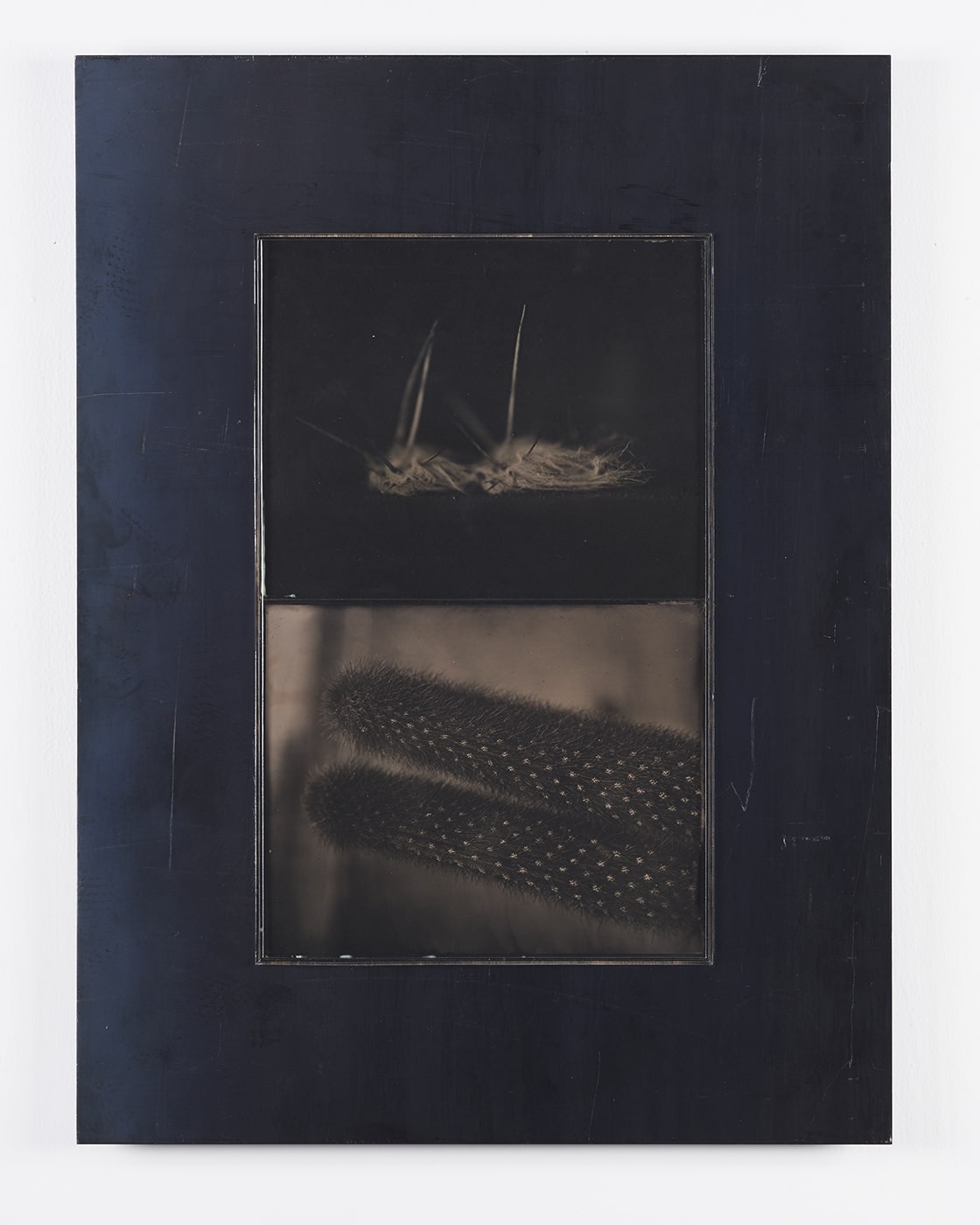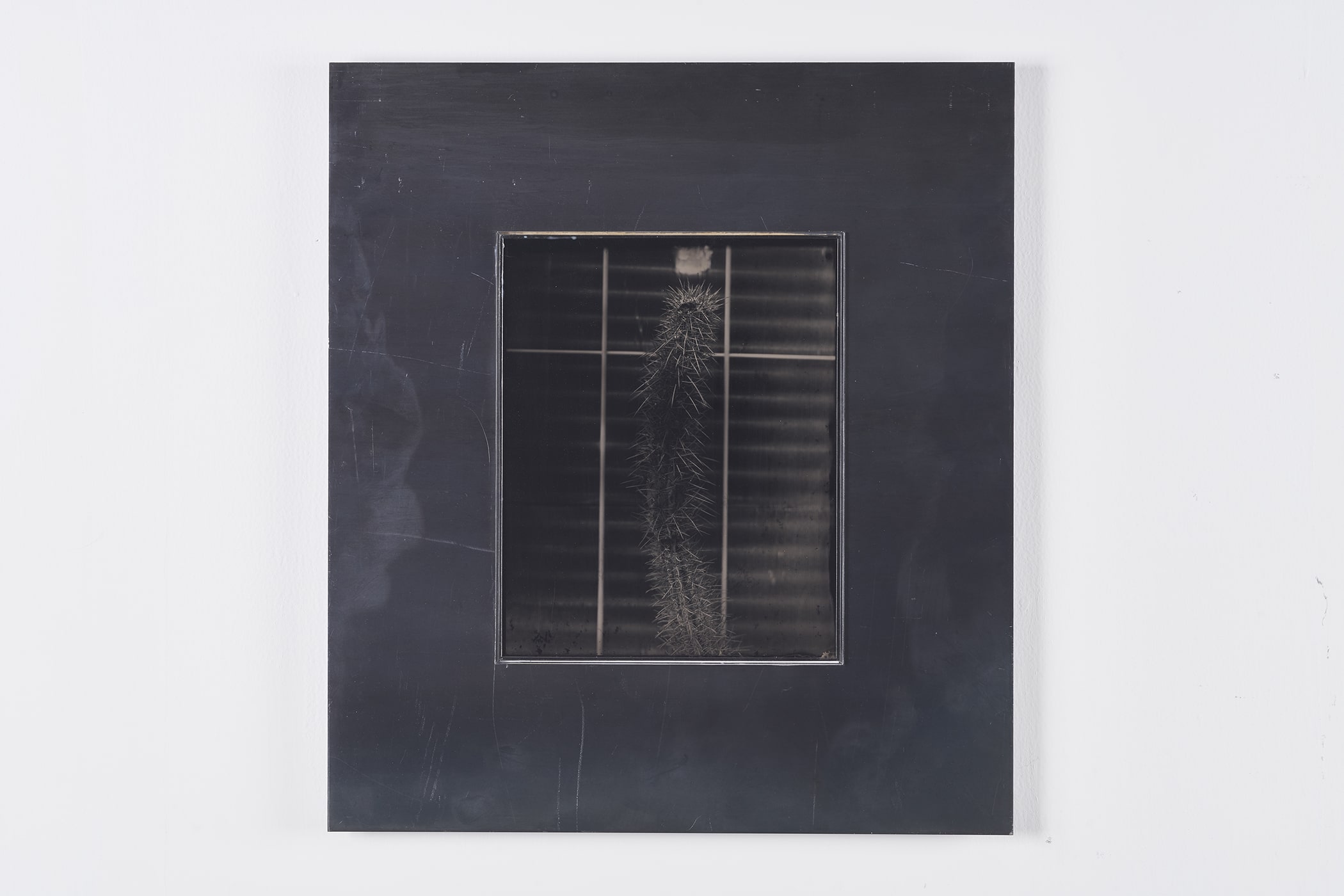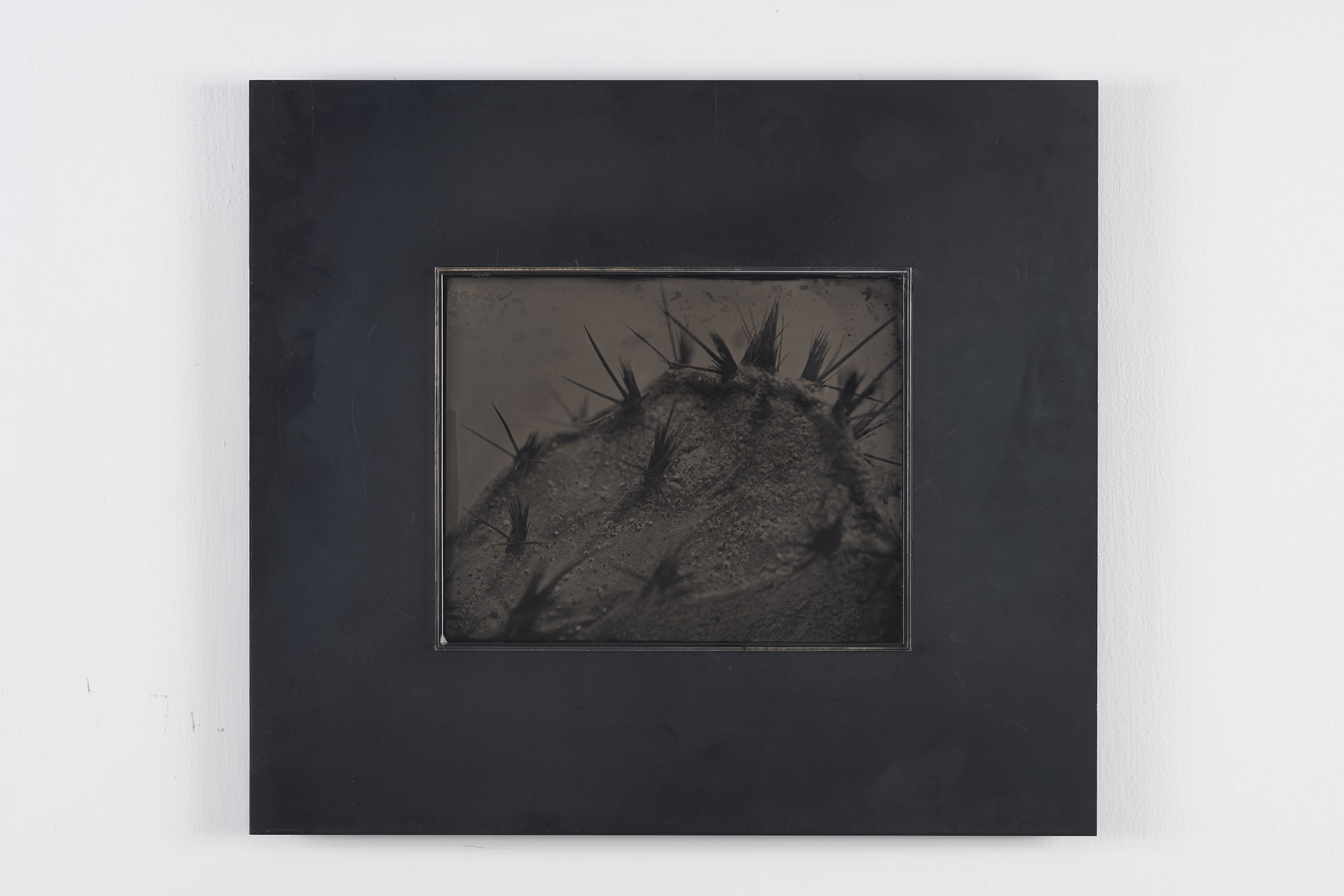When we cannot think and reason, we sense and feel. We hear the world through our desires, and perceive our experiences with analogy, for the world is merely being, and we enrich it with our own meaning. The world reveals to us in an infinite succession of patterns, like ripples scattering across a vast lake, its waves crashing on shore after shore, connecting an archipelago that stretches across vast horizons. Lau Hok Shing Hanison, So Wing Po and Zhang Ruyi create sculptural objects and installations that expand across metaphysics, cosmology, organic nature, post-industrial cities and the human body.
Way before seeing, the foetus can hear. Hearing is an intricate operation – sound waves travel to the inner ear, where watery fluid in the cochlea vibrates microscopic hair cells that translate the physical motion into tinkling electrical signals relayed by neurons to the brain. So Wing Po envisions Earth Battery (2020) to be a planetarium that imitates the hearing inside of us. Grinding up Chinese herbs that she grew up with in her family’s medicinal practice, the artist creates electrolytic soil for the transmission of electrical signals. On one end is a sound receiver, generating signals that pass through the colorful orbs, and on the other end, emissions of flashing lights in the belly of cicadas. Everything is illuminated in Seeds of Damocles (2012), where hundreds of dried seeds of Damocles tree cover the orb of a furniture lamp. The warm glow is the incubator of thousands of seeds and millions of stars, each containing a universe of its own. If you hold it close to your ear, you can hear infant stars beating in their hearts.
Apollo’s songs grow harsher, for we now make noise in cyberpunk megacities. Working from the rapidly developing metropolis of Shanghai, Zhang Ruyi continues her exploration of renovation, construction waste and the poetics of remnants. Domestic Wasteland(2020) is a sound installation comprising of four colossal metal plates placed in front of loudspeakers, emitting the audio recording of different construction sites. Rusty monuments and remnants from such processes of renovation take on tragically beautiful forms in Matte Substance-12 (2020) and Ewha in the Storm (2020), where the artist grafts discarded steel rods, electrical wires and gravel on to concrete cacti. These matte substances are ghostly and thrive in apposite shadows, their fragmentary existence is the splintering of the little lives that we hide from plain sight, that which we discard and exile as remnants. These building debris are but the psychological by-product of our aspirational existence.
Silence becomes antithesis to the cacophonous echo chamber of urban life. Lau Hok Shing Hanison creates Remote Islands (2020), a group of wooden sculptures that imitate scholar’s rocks, which the artist places on top of glass-photographs of mountains, seascapes, cityscapes and crowds in Hong Kong. Installed on top of vast acrylic sheets, the organic phenomena seem to float on an immense ocean, unperturbed by the trouble of natural commotion and human history. Lau is passionate about Chinese culture, and his practice is abounding with classical Chinese elements. He likes combining the use of new and old things, and in a playful display, newly appreciates and studies antiquated objects, and generates new content from within. Lau’s works are extremely delicate, and in the interiority of their microcosmos, manifest an individual’s living condition, internal emotions and imagination for the past and the present. Holding these tactile objects in the palm, one can access the century-old divagation of the ancients, much like the literati reveling in wonder while holding a scholar’s object in their studio.


)
